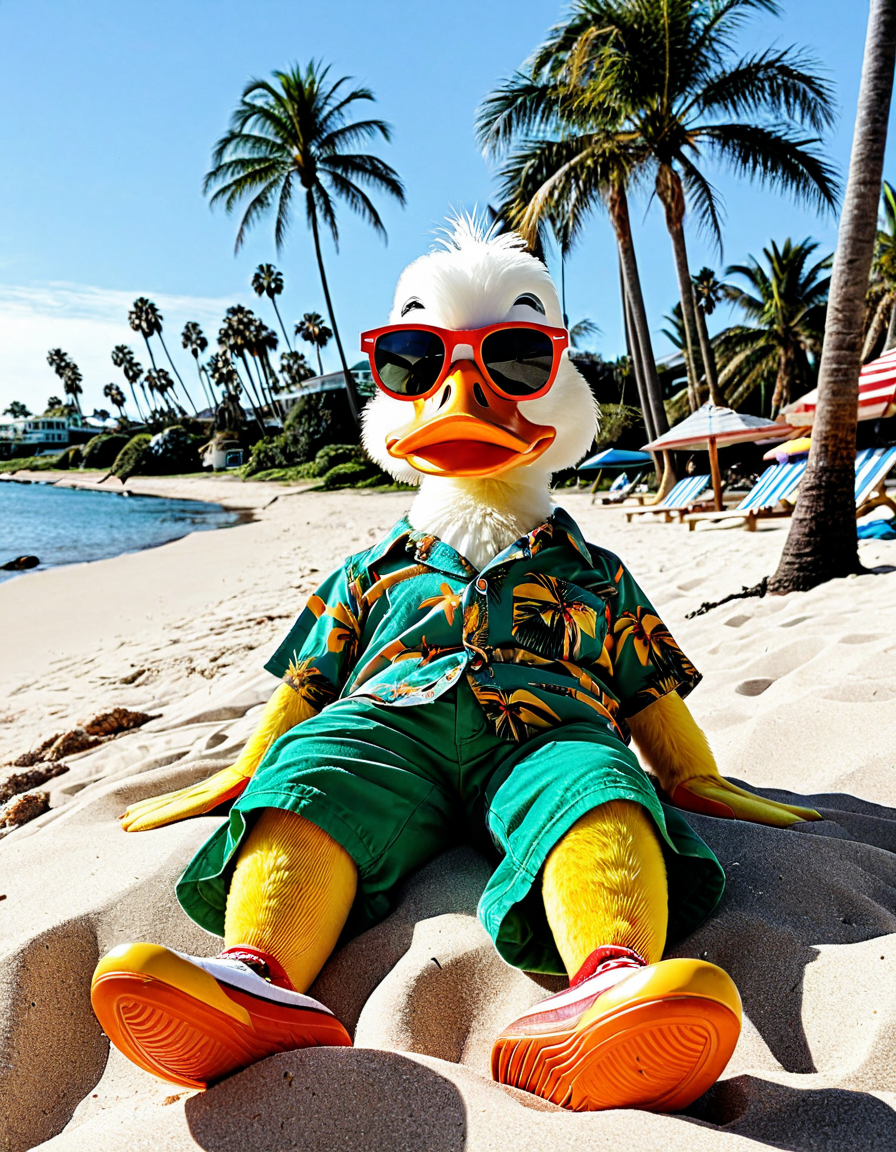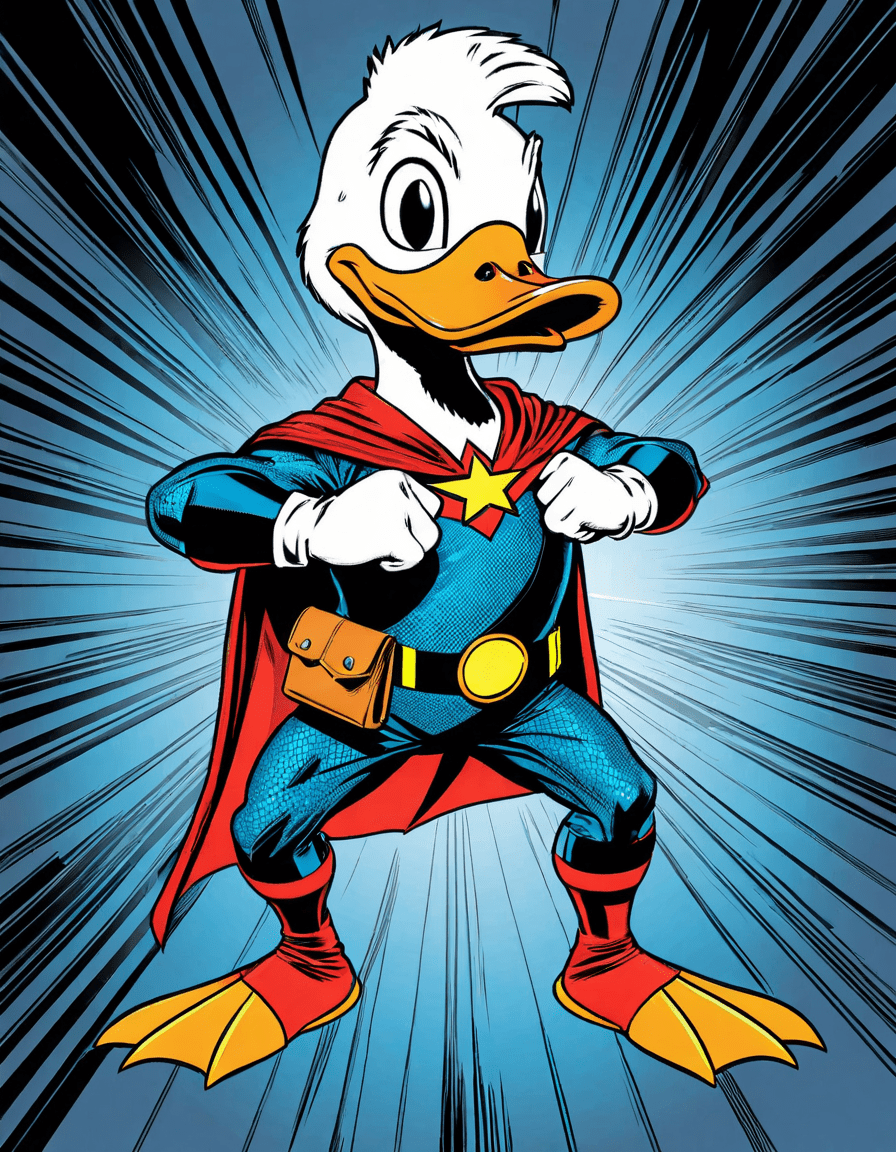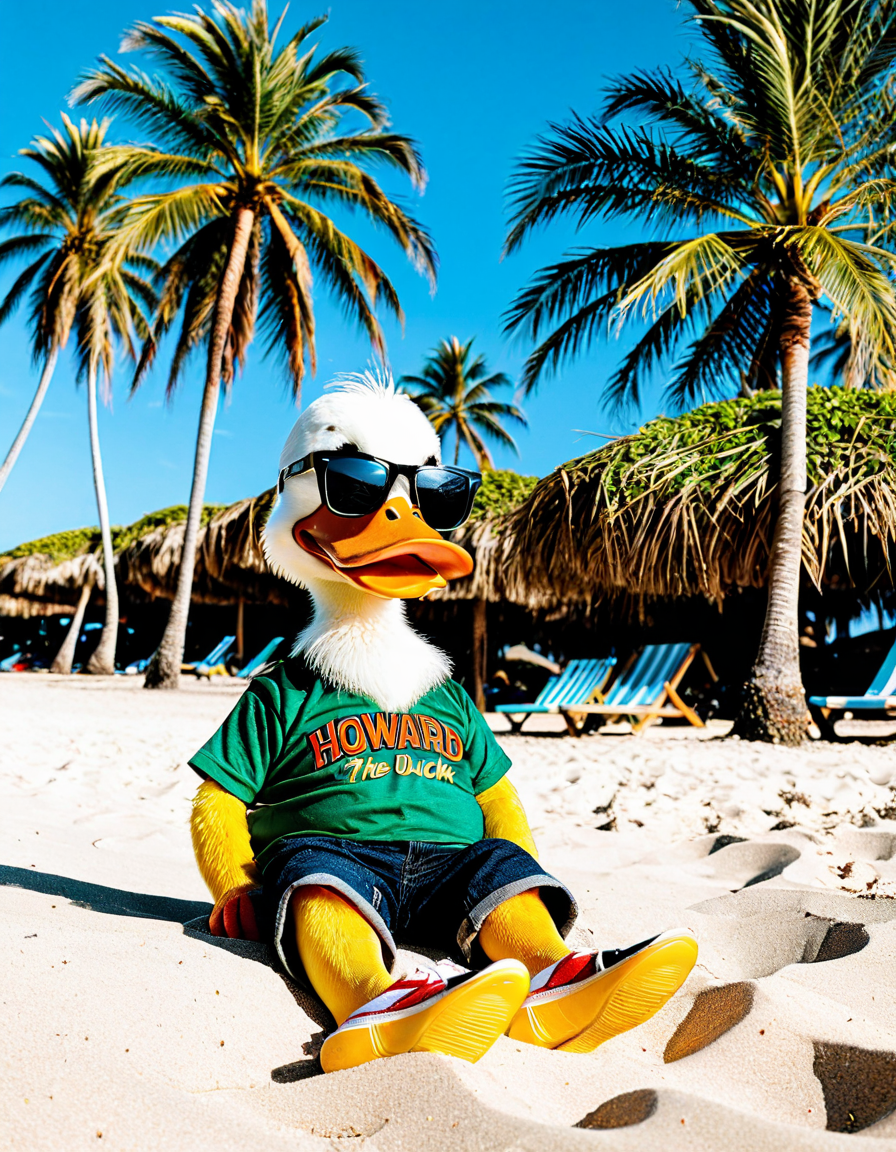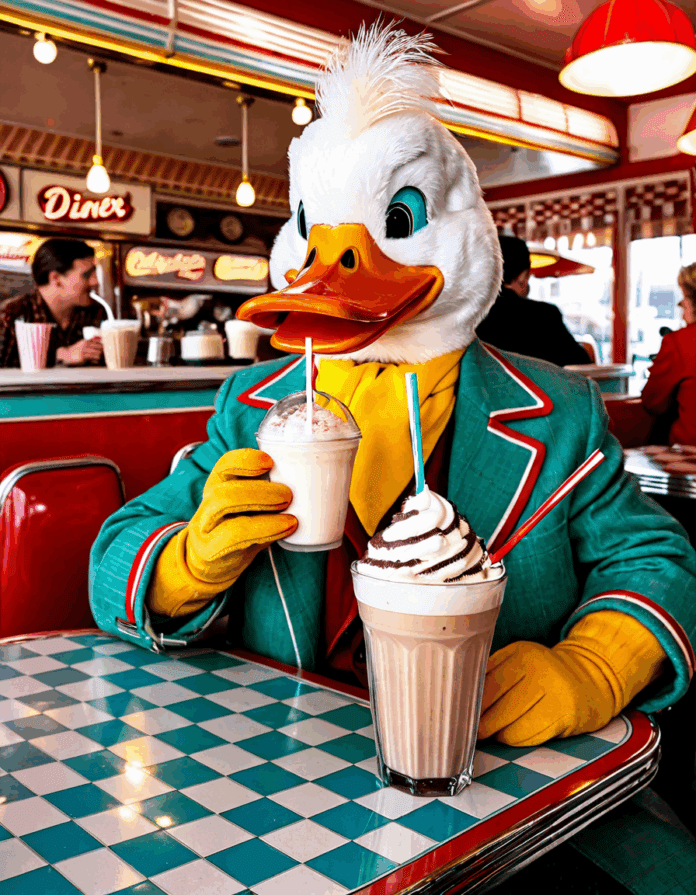Howard the Duck may be one of the most unexpectedly bizarre films to come out of the 1980s, yet it remains a dazzling gem in the annals of cinema history. Released in 1986, this delightful disaster marked the first feature-length film developed by George Lucas based on a comic character created by Steve Gerber. Much more than just a quirky flick about a talking duck from Duckworld, “Howard the Duck” has morphed into a cult classic, emblematic of outrageous humor, avant-garde storytelling, and the complexities of identity and consumer culture during its time. As we dive into this cinematic curiosity, we’ll unravel the wild journey and outrageous legacy of Howard the Duck that keeps audiences quacking with laughter even today.

1. The Uneasy Birth of Howard the Duck
The ride to bring Howard the Duck to the silver screen wasn’t smooth sailing. Filmmakers faced one hurdle after another, ranging from storyline issues to production obstacles, which left them frantically paddling upstream. Throughout the 1980s, America was steeped in anxieties over consumerism and identity; the film unwittingly became a mirror of societal worries of the time. With Howard facing everything from nihilism to identity crises, audiences of the era found their own struggles reflected in this feathered protagonist’s misadventures.
Despite all the ups and downs, Howard the Duck dared to break barriers. It turned heads with its irreverent humor and outlandish storyline—how often do you see a duck fighting an evil overlord while dealing with existential dread? This unique narrative wasn’t just an artistic choice; it resonated with those grappling with the frenetic pace of the decade. Let’s not forget that it felt entirely fitting given the era’s obsession with commercialism. Who could ignore the fact that a duck in a tuxedo tackling life’s absurdities somehow made a lot of sense amidst the chaos?

2. Top 5 Reasons Howard the Duck Became an Icon
3. Comparing Howard the Duck and Who Framed Roger Rabbit
Both Howard the Duck and Who Framed Roger Rabbit were products of their time, but they approach storytelling through dramatically different lenses. Roger Rabbit cleverly fused animation with live-action, crafting a multifaceted universe that continues to inspire animated filmmaking. On the other hand, Howard’s journey often felt chaotic, criticized for its erratic tone and zany antics.
A. Tone and Audience Reception
While Roger’s narrative masterfully blended a noir vibe with humor suitable for all ages, Howard the Duck boldly stepped into uncharted territory and alienated more traditional audiences. This oddball misfit, however, carved out a unique space in the hearts of those craved offbeat storytelling.
B. Cultural Impact
Roger Rabbit paved the way for a generation of animated films with accessible storytelling, giving birth to franchises like “The Lego Movie.” On the flip side, Howard the Duck is nestling in the background, frequently referenced in pop culture today, from shows like “Family Guy” to cameos in the Marvel Cinematic Universe, proving its longevity.
4. Analyzing Howard’s Enduring Legacy
Howard’s footprint in film transcends mere nostalgia. He embodies a brand of humor and individuality that resonates with modern audiences. Characters like Deadpool draw upon some of Howard’s flair for breaking the fourth wall and calling out cinematic conventions. The shift towards more complex storytelling has also sparked renewed conversations about individuality and representation—topics that are especially resonant in today’s media landscape.
In today’s world, where generic storytelling often drowns unique voices, Howard the Duck serves as a rallying cry for innovators. Howard inspires creators to embrace offbeat narratives that challenge the norm, encouraging a new generation of filmmakers to weave similar whimsical tales filled with quirkiness.
5. The Impact on Future Productions
Howard the Duck gives studios a glimpse into the consequences of not fully engaging with their audiences. Sure, the film’s initial struggles render it a cautionary tale, but it’s equally a symbol of how often success springs from bold creativity. As filmmakers now explore bizarre concepts, they look back at Howard and say, “Why not?”
Today’s cinematic landscape shows studios embracing experimental projects. This is evident in films like “Everything Everywhere All At Once,” where creators are pushing boundaries, all while channeling the spirit of Howard’s unconventional journey.
Final Thoughts
Decades after its original release, Howard the Duck has transcended its status as an odd curiosity in filmmaking history. Instead, it’s a shrine to the strength of subversion, the beauty of eccentricity, and the power of storytelling. By thrilling and bewildering audiences alike, this delightful duck invites us to explore what really constitutes a “good” film. As Howard quacks his way through time, one thing’s for sure: his legacy is bound to inspire future generations to tap into the depths of their creativity and embrace the absurd—even if it comes with feathers flying!
Whether you’re a die-hard fan or a newcomer, who knew a movie about a duck could lead to so much reflection on ridiculousness and reality? Howard’s humbling journey continues to beckon everyone to step outside the box and maybe—just maybe—embrace the wild side of cinema.
Howard the Duck: Fun Trivia and Interesting Facts
An Outrageous Character with a Wild Beginning
One of the wildest aspects of Howard the Duck is how the film unflinchingly embraced its bizarre premise. The character of Howard, a cigar-smoking anthropomorphic duck, first appeared in the comics in 1973, setting the stage for his outrageous transition to the big screen. Interestingly, Howard the Duck was one of the first Marvel films ever made, paving the way for countless superhero hits. This unique blend of comedy and absurdity went on to create a cult following, reminiscent of other offbeat favorites like The and its quirky characters.
Memorable Cameos and Talented Faces
Did you know that Howard the Duck features a young Lea Thompson, who is also well-known for her role in Back to the Future? Additionally, the film boasts the talents of notable artists, including Chris Isaak, who made a brief appearance. Moreover, in a playful twist, Paul McCartney’s band Wings contributed “Howard the Duck” to the soundtrack—evidence that musicians were also captivated by the character’s charm. It’s worth considering how this playful spirit continues to echo through pop culture, inspiring everything from merchandise—that’s right, even a quirky handbag shaped like a hand fanimagine that!)—to memorable movie homages.
Pop Culture Legacy
As Howard the Duck surged in popularity, it became part of a broader conversation around misunderstood characters. It’s fascinating to see how this film was a touchstone for fans who enjoyed looking beyond the surface. The blend of genres is something that Madeleine Mcgraw, who has starred in modern blockbusters, might appreciate, considering her versatile acting chops. And speaking of stars, Sam J. Jones, known for his role in Flash Gordon, once humorously reflected on the absurdity of such films, reinforcing the notion that sometimes outrageous tales are what keep Hollywood exciting.
What’s even more fascinating is how Howard the Duck opened doors for future filmmakers. The antics of such a character inspired various narratives, leading to unique concepts—be it in music or film, where legends like John Mellencamp and Zac Brown’s first marriage were part of a lively conversation about audacious creativity. So the next time you think of Howard the Duck, remember it’s more than just a movie; it’s an emblem of wild creativity and the quirky paths that art can tread!




